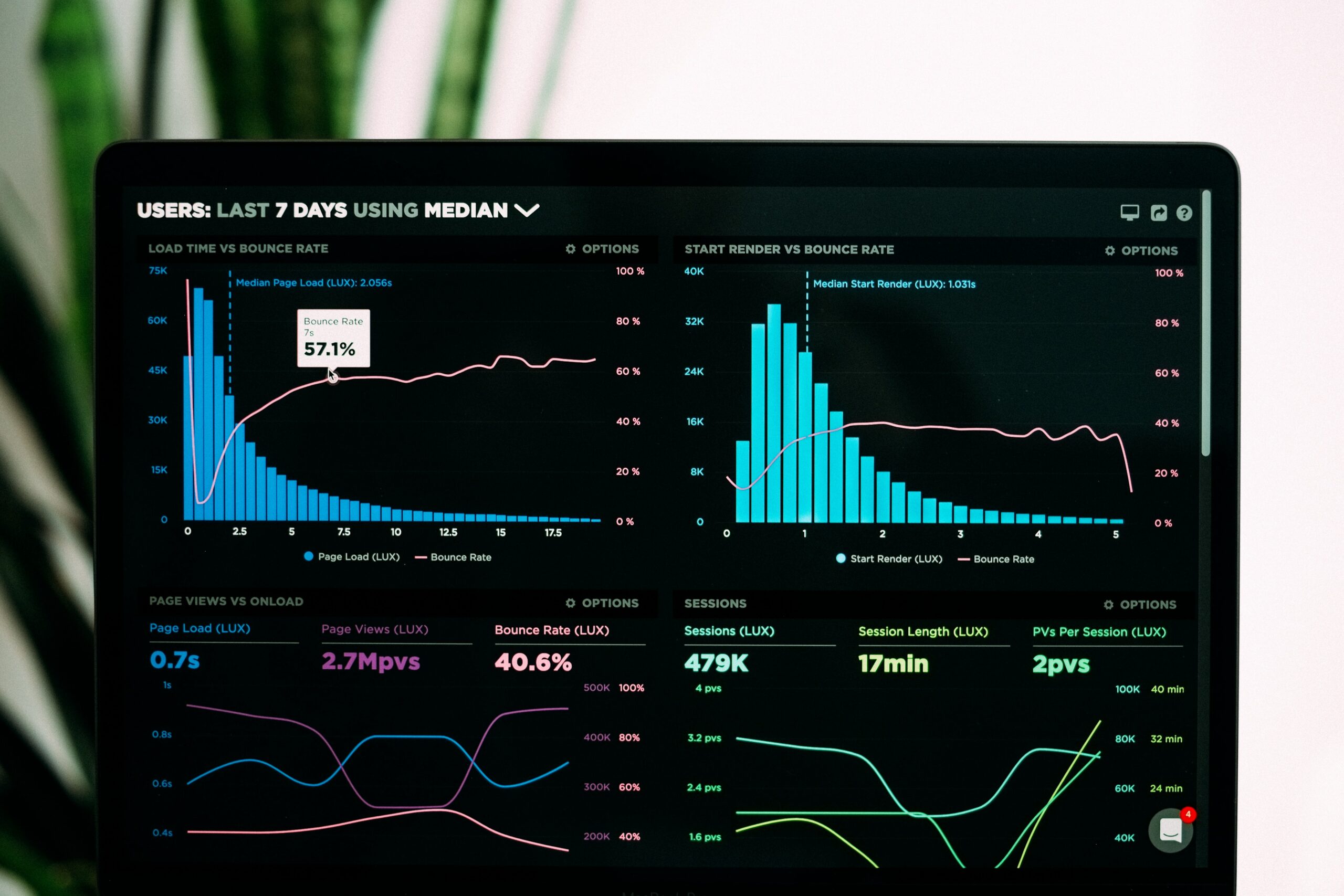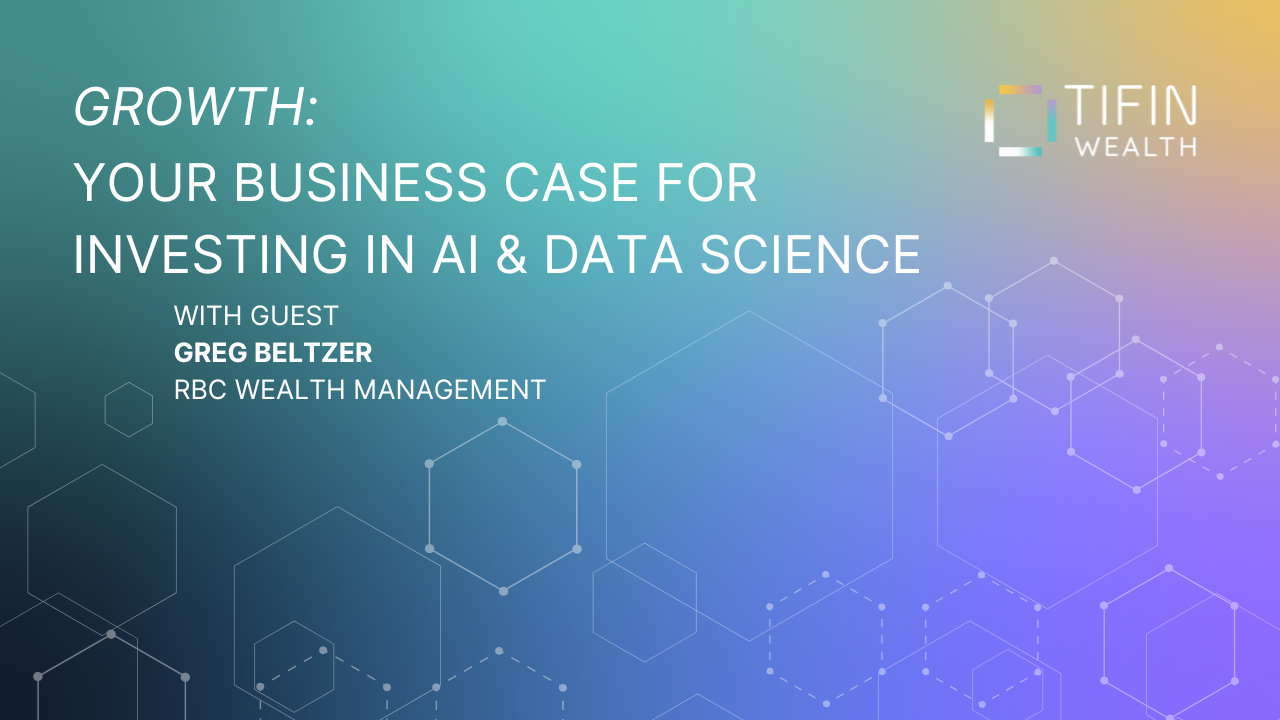How Better Data and Precision AI Can Fuel Growth for Wealth Management
It’s a very old maxim in the tech world: GIGO, or Garbage In, Garbage Out. Since the earliest days of computing, people understood that feeding bad data into a system would provide a flawed answer, even if every part of the calculation was run correctly.
Now that we are applying artificial intelligence (AI) to our calculations, the importance of good data is even greater since AI learns and evolves based on the data it receives. At TIFIN Wealth, we like to call our product “Precision AI” because it is tightly tailored to the needs of wealth management companies and is trained only on validated, quality data. But how does data get to be good? And what are the ultimate benefits of good data?
A Self-Improving Data Ecosystem
The first step is to understand what you have in your database. Running a complete evaluation of the data your firm has on your clients, advisors, proposals and marketing activity might seem like a daunting task, but it invariably pays benefits. It’s an opportunity to clean things up, add detail where available and find out what is and isn’t being tracked.
One of the challenges of modern wealth management is knowing what to do with the sheer volume of data available – which can include everything from client account details to the open rate of emails. Simply documenting what data is available is a significant step forward, and many firms are sitting on a wealth of data they don’t even use. Modern marketing systems track interactions at such a granular level that no one person can process it all. Plus, data can come from unexpected places, like social media networks and other external sources.
That’s why we often start by helping firms wrap their arms around all these data sources. With Precision AI, more is more, so being able to feed our algorithm with all this data will only make it smarter.
The next step is where the genius of AI reveals itself: You let the system run. AI is self-improving and self-correcting, meaning that it makes predictions, analyzes the results, and factors those results into future predictions. This feedback loop makes the system progressively more intelligent and builds up a trove of smart data in the firm’s databases.
Making Smart Data Work for Firms
To illustrate one of its many capabilities, our Precision AI may use data about a client to inform an investment proposal. Whether the client accepts or rejects the proposal, a new data point is generated that can inform the next proposal. On the marketing side, how clients and prospects react to communications or tactics can help inform the way you approach similar demographics in the future. Since AI is always learning, the more it sees, the better it works.
Leaders of wealth management firms can see a virtuous cycle emerge as their data become more meaningful and the system gets smarter:
- Better client assessments empower firms to identify the highest quality prospects and build customized proposals with recommendations that are relevant and personalized.
- Personalized recommendations can benefit the client by delivering investment results that better fit within the context of their unique financial circumstances, potentially growing their share of wallet with the firm.
- Engaged, satisfied clients are more likely to recommend an advisor or firm to their personal network. Precision AI can even suggest which clients can introduce you to the highest quality prospects.
- Marketing efforts can be tailored to prospects by determining which tactics and offers are most likely to result in engagement.
- The firm experiences growth both internally and externally. Existing clients are more likely to invest more of their wealth with you and prospects are more likely to convert.
- And the cycle repeats — all thanks to better data.
We have reached the point where this kind of self-driving growth is within reach for wealth firms that are willing to invest in smarter data. The revolution of AI capabilities means that both the algorithms used to drive recommendations and the data being processed by those algorithms keep improving, adapting and honing in on what works best.
Smart data in, smarter data out: It doesn’t roll off the tongue, but it’s the promise the future holds.

